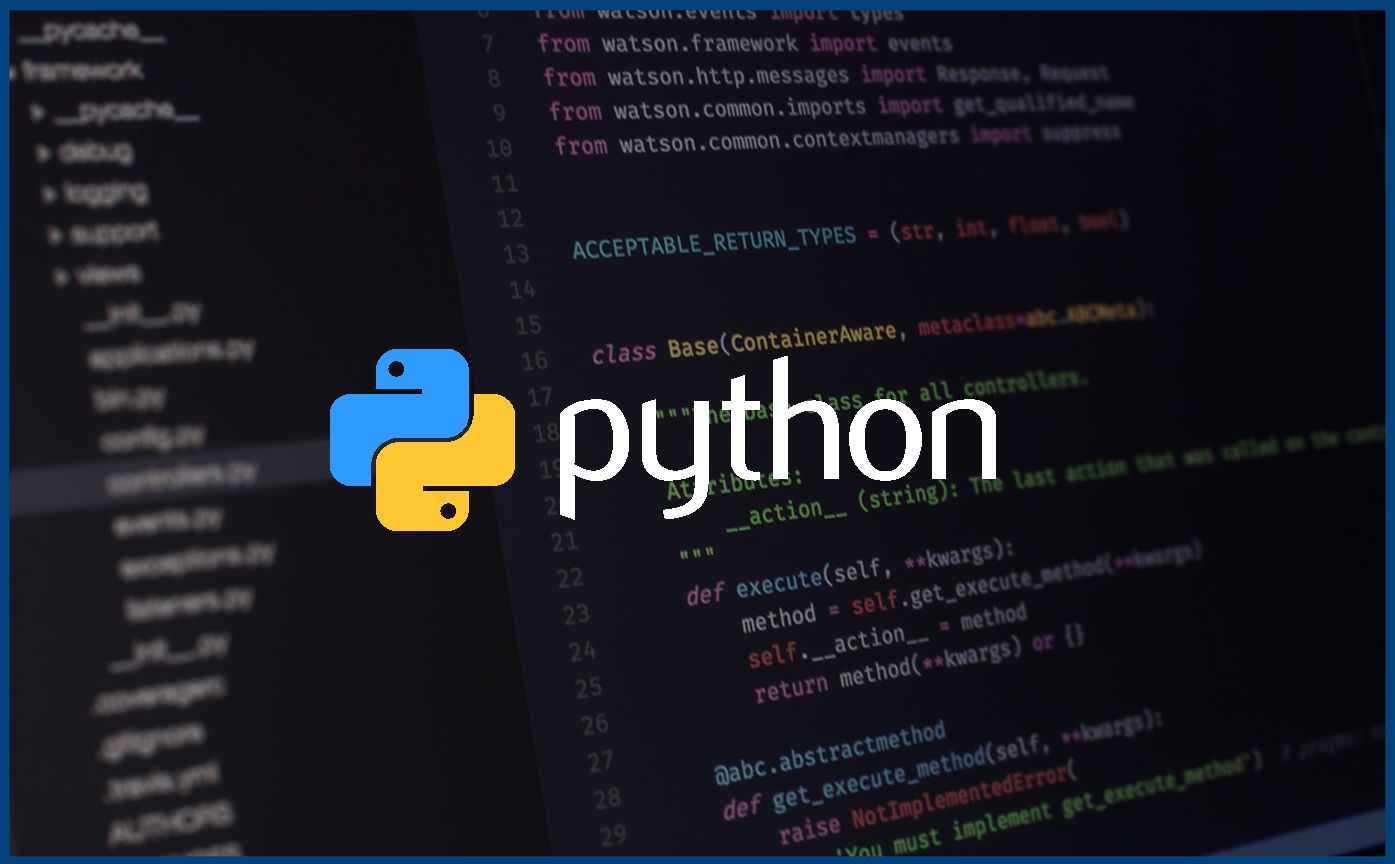
OVERVIEW
Once students have mastered the basics of Python by taking Core Python or on their own, it’s time to move on to applying Python to daily programming needs. This course picks up where Core Python leaves off, covering some topics in more detail, and adding many new ones, with a focus on enterprise development. This is a hands-on programming class. All concepts are reinforced by informal practice during the lecture followed by lab exercises. Many labs build on earlier labs, which helps students retain the earlier material.

Developers who would like to learn advanced features and functions of Python.
To succeed fully in this course, students should be able to program Java applications.



